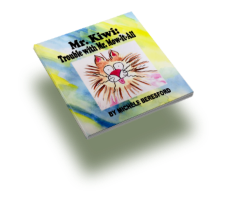Michigan has a plethora of invasive weeds, but here is a visual guide to identifying what we call, "The Nasty Nine." If you see these in your lawn or flower beds, give us a call. Early intervention is the best way to manage these aggressive species of weeds.
1. Yellow Nutsedge: Can be identified by its long, thin leaves and yellow blossoms. Grows along most often where concrete and lawn converge.
2. Dandelion: Cloud like seed heads make for quick spreading of the lawn with just a light breeze. Deep roots make it hard to kill without professional intervention.
3. Wild Violet: Speads thanks to a very intricate network of underground rhizomes. When you see one flower, there are likely many more. Early intervention in the best chance at stopping the species from taking over your lawn.
4. Ground Ivy: A member of the mint family, this variety is not only invasive to lawns. It is also a toxic stimulant to farm animals and pets.
5. White Clover: While some farmers plant clover as a winter, cover crop, white clover can be deadly to lawns.
6. Creeping Speedwell: Once planted for its carpet like ground cover in gardens, it soon became known as an invader to lawns, as it enjoys the same soil conditions as a healthy lawn.
7. Yellow Hopclover: Tap roots make this weed very hard to kill without herbicides. It blooms all year and seems to enjoys any soil conditions. It will choke out both lawns as well as flowers and vegetables in beds.
8. Crabgrass: not easily noticed by homeowners until it reaches its full height, crabgrass will take over a lawn if left unchecked. Propagated by seeds, there is no avoiding the species due to wind, birds and storms. Herbicide is the best preventative.
9. Quack grass: Much like Wild Violet, Quack Grass spread through an intricate network of rhizomes. Just one seed dropped by a bird or brought by the wind will turn into hundreds of plants very quickly.

